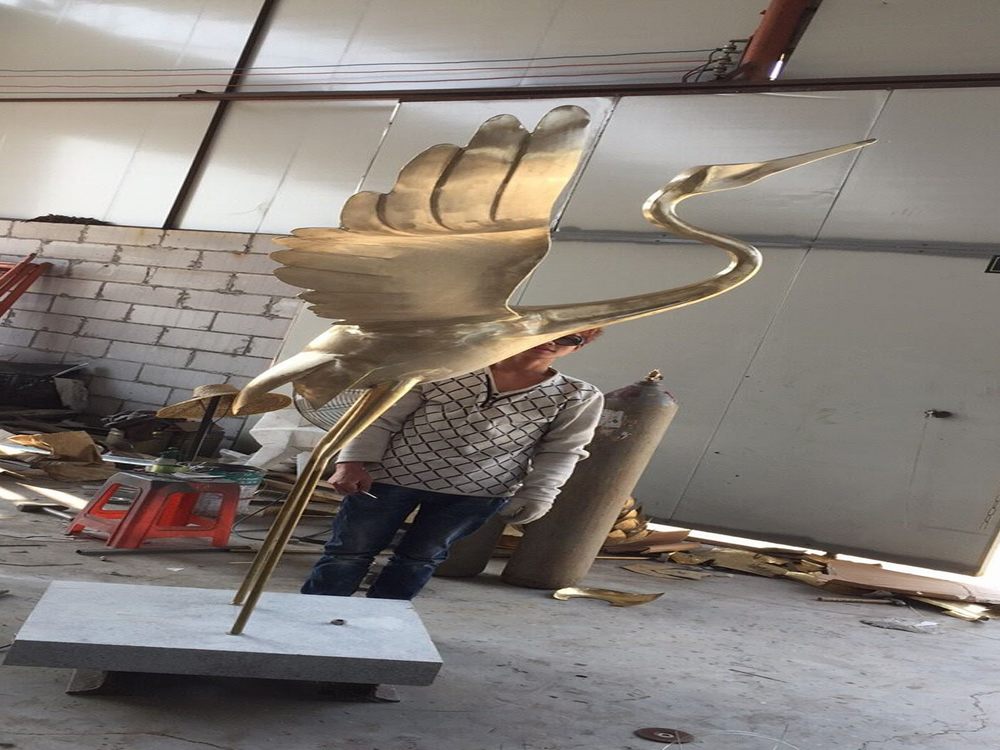
When it comes to stone sculptures, the techniques used to create them significantly impact their appearance, value, and durability. Hand-carved and cast stone sculptures represent two distinct approaches to this ancient art form, each with unique characteristics.
1. Creation Process
Hand-carved sculptures are crafted by skilled artisans who chisel and shape raw stone blocks into intricate designs. This labor-intensive process requires years of training and results in one-of-a-kind pieces. In contrast, cast stone sculptures are made by pouring a mixture of crushed stone and binding materials into molds, allowing for mass production of identical pieces.
2. Artistic Value
Hand-carved works showcase the artist's personal touch, with subtle variations that reflect human craftsmanship. Each stroke of the chisel adds character, making these sculptures highly valued by collectors. Cast stone pieces, while consistent in appearance, lack these organic imperfections that many art enthusiasts cherish.
3. Durability and Maintenance
Natural stone carvings typically withstand weathering better over centuries, as seen in ancient monuments. Cast stone, while durable, may show wear differently due to its composite nature. Proper sealing helps both types, but hand-carved pieces often develop a desirable patina over time.
4. Cost and Accessibility
The time-intensive nature of hand-carving makes these sculptures more expensive. Cast stone offers an affordable alternative for those seeking the look of carved stone without the premium price tag.
5. Texture and Detail
Trained eyes can spot the difference - hand-carved works reveal tool marks and depth variations that machines can't replicate. Cast pieces have smoother surfaces with less pronounced detailing, though high-quality casts can closely mimic hand-worked stone.
Whether choosing between these methods for purchase or commission, understanding these differences ensures informed decisions about value, longevity, and artistic merit in stone sculpture.

